MMineSwEEPER
Marine Munition in Europe - Solutions with Economic and Ecological Profits for Efficient Remediation

The MMineSwEEPER Project
Marine Munition in Europe - Solutions with Economic and Ecological Profits for Efficient Remediation
The issue of unexploded ordnance (UXO) and dumped munitions poses significant risks to maritime safety, environmental health, and public security, as well as to the sustainable use of marine ecosystems. These munitions represent a critical pressure on ocean environments, necessitating their detection, removal, and remediation to safeguard marine biodiversity and ensure the safety of maritime economic activities.
The MMinE-SwEEPER project is dedicated to addressing these challenges by advancing technologies for the detection, classification, inspection, evaluation, and neutralization of UXO. Current risk assessment, management methods, and remediation procedures for UXO vary widely across Europe, often lacking clarity and cohesion. Additionally, fragmented legal and technical frameworks hinder both technological progress and the efficient clearance of UXO. To tackle these issues, MMinE-SwEEPER focuses on developing safer, more effective, and environmentally responsible solutions. The project integrates automated detection, identification, and analysis technologies, alongside intelligent environmental monitoring methods, utilizing autonomous water vehicles. These advancements aim to streamline and enhance the detection and clearance of munitions while mitigating the environmental impact of such operations.
In addition to its technological focus, MMinE-SwEEPER fosters collaboration and knowledge sharing across Europe. By engaging stakeholders from diverse sectors—including authorities, businesses, and civil society—the project promotes dialogue, harmonizes practices, and builds capacity for UXO management. Training sessions, workshops, and knowledge dissemination initiatives ensure that insights and advancements are shared widely, creating a sustainable network of expertise.
MMinE-SwEEPER addresses five key objectives:
- Compile Existing Knowledge and Management Approaches: The project consolidates and synthesizes existing knowledge and management approaches for marine munitions across European countries and stakeholders. By involving relevant stakeholders—such as authorities, businesses, and civil society—the project aims to develop practical and effective solutions for munitions clearance.
- Promoting Technological Advances: A key focus is advancing technologies for robotic systems, 3D imaging, and AI-supported data analysis to enhance munitions detection, classification, and neutralization. Autonomous underwater vehicles (AUVs) equipped with intelligent algorithms will be developed to identify and assess munitions objects.
- Real-world Testing and Validation: To ensure the effectiveness of these innovations, the project will conduct trials and use-case surveys across European waters. Testing will occur in both artificial test areas and real dump sites, validating new technologies under real-world conditions.
- Strengthening Collaboration and Building Capacity: The project will strengthen cooperation across Europe by promoting knowledge exchange and capacity building. This includes disseminating knowledge through training sessions, webinars, and workshops, and fostering a sustainable community of experts. Collaboration between public and private sectors will be a priority.
- Promoting European Cooperation: By strengthening European collaboration on marine munitions management, the project aims to present and implement sustainable, feasible solutions for unexploded ordnance (UXO) remediation. It will also advise policymakers on adopting and integrating these solutions, ensuring long-term impact and cooperation.
From October 2024 to March 2028 this international and trans-disciplinary collaboration will demonstrate the technological feasibility of AI-supported munitions detection and intelligent use of autonomous water vehicles. Thus, the project significantly advances the safe and efficient clearance of UXO from the sea.
Five central maritime use cases will be considered over the course of the project, from 1 January 2022 to 31 December 2024: Internet of Underwater Things (IoUT), Offshore Wind Energy, Munitions in the Sea, Biological Climate Protection, and Critical Infrastructure:
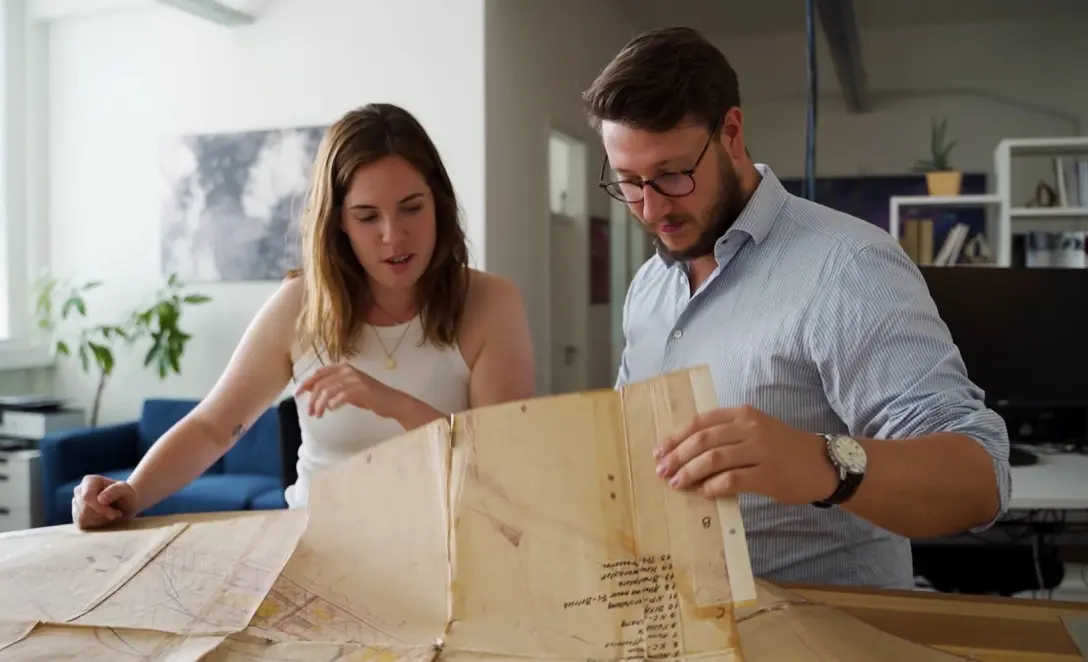
Project Specs
- Timeframe: October 1, 2024 – March 31, 2028
- Funding: €5.9 million
- Goal: Advancing capabilities in detecting, classifying, neutralizing, and disposing unexploded ordnance (UXO) and dumped munitions in European waters, ensuring improved safety, environmental sustainability, and long-term remediation.
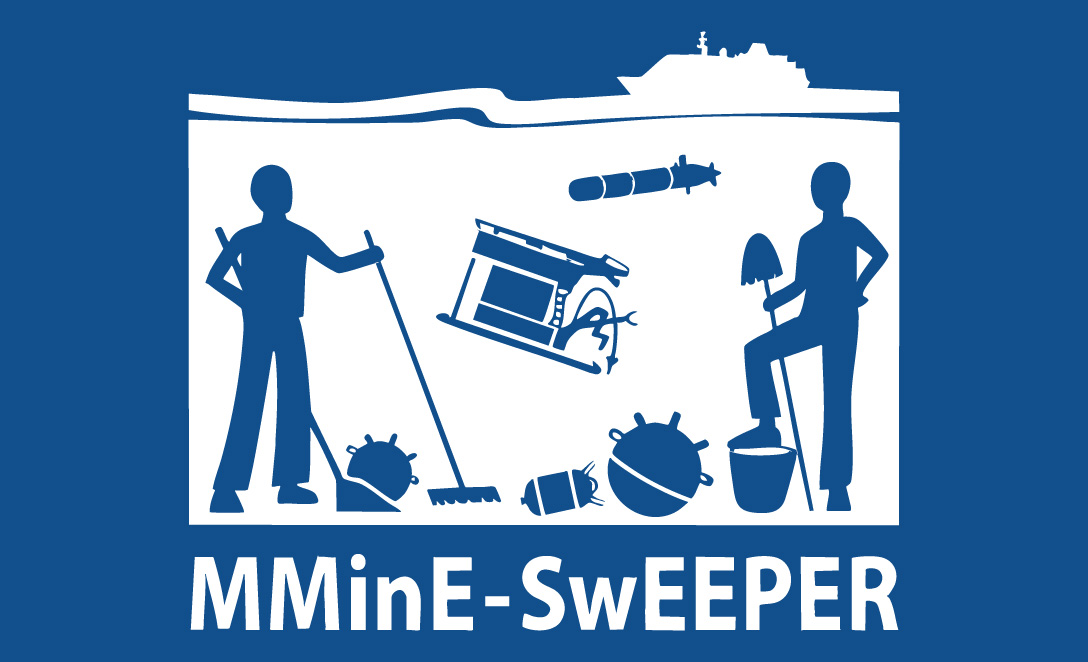
Project Summary
MMinE-SwEEPER aims to enhance maritime safety and protect marine ecosystems from the risks posed by unexploded ordnance (UXO) and dumped munitions. By advancing robotic technologies, AI-supported data analysis, and innovative imaging systems, the project develops effective, environmentally sound solutions for UXO detection, classification, and clearance, ensuring safer seas and sustainable marine operations. The project also fosters European collaboration by uniting stakeholders to exchange knowledge, harmonize practices, and build a shared framework for managing marine munitions. This approach strengthens cooperation and ensures the adoption of practical, feasible solutions across Europe. By acting now, MMinE-SwEEPER mitigates the growing risks and costs of deteriorating munitions, safeguarding EU citizens, maritime industries, and ecosystems. It represents a crucial step towards sustainable and collaborative UXO management for a safer, healthier future.
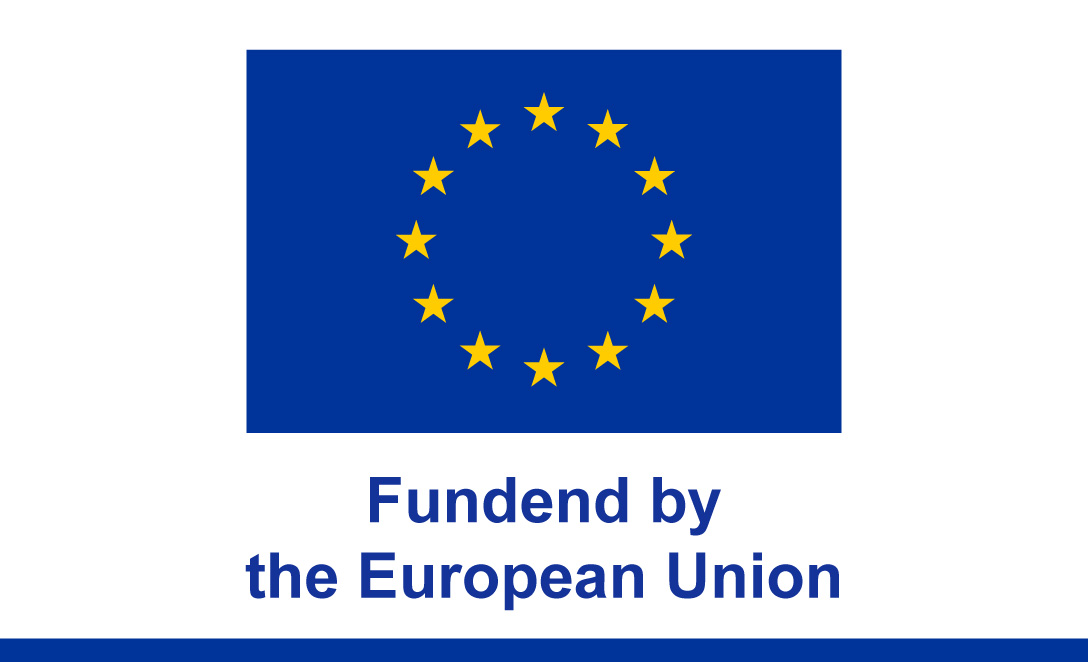
Funding
The project is funded by the European Commission in Horizon Europe - HORIZON Research and Innovation Action (Cluster 3: Civil Security for Society; HORIZON-CL3-2023-BM-01; REA Grant Agreement No. 101167839)
Our Contribution
The MMine-SwEEPER project is carried out by a multidisciplinary consortium of 21 leading scientific institutions, military experts, costal and border protection authorities and specialized companies from Germany, France, Poland, Spain, Norway, Denmark, Netherlands, Belgium and England. The consortium is coordinated by the GEOMAR - Helmholtz Centre for Ocean Research Kiel.
north.io will develop an infrastructure for data management and collaboration, thus forming an important interface between research and remediation implementation. The infrastructure will be adapted to the project requirements and will ensure, for example, that sensitive information is only accessible under defined conditions. In addition, north.io will develop methods for online data storage in the cloud and the use of artificial intelligence (AI) to manage and evaluate growing volumes of data efficiently and over the long term.
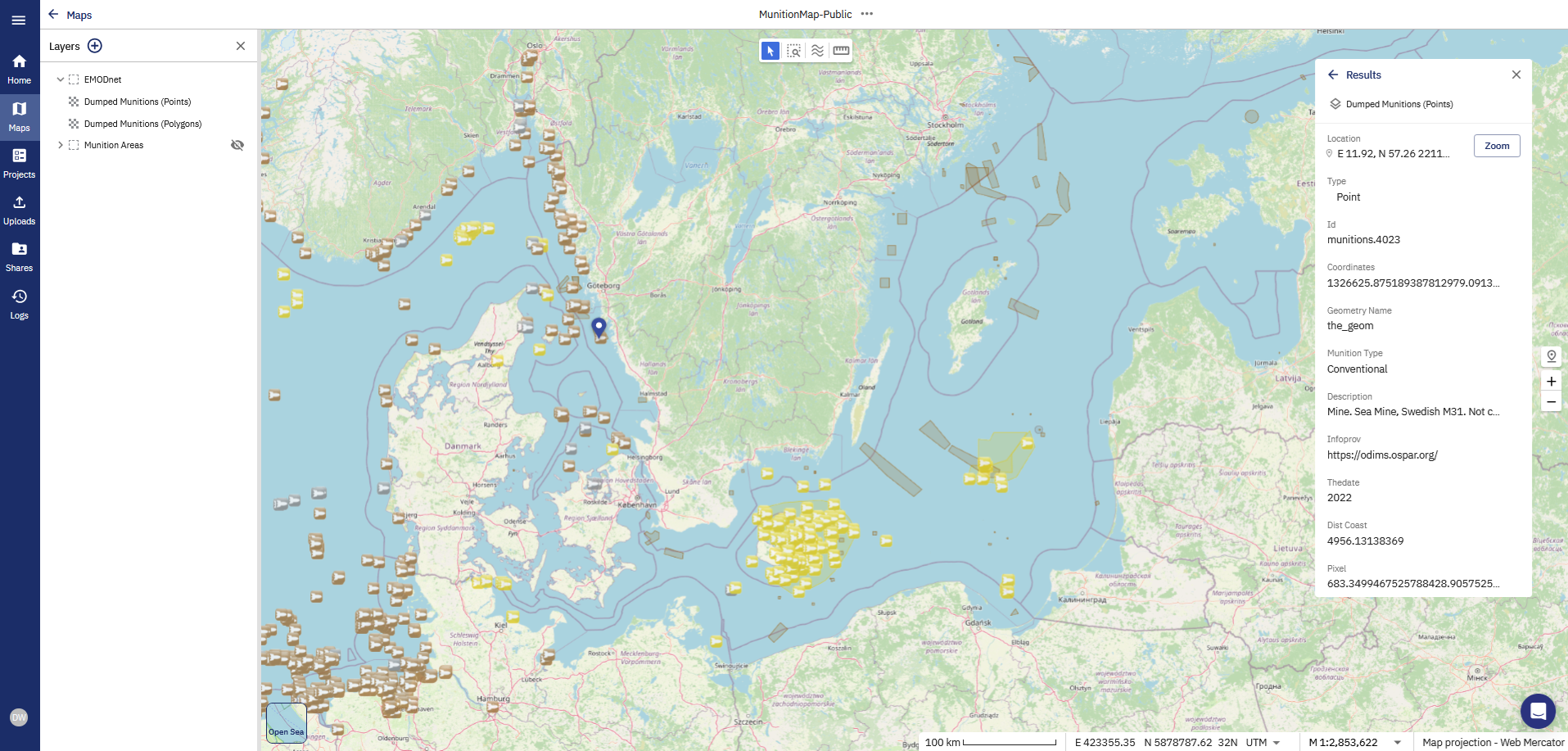
Project Partners
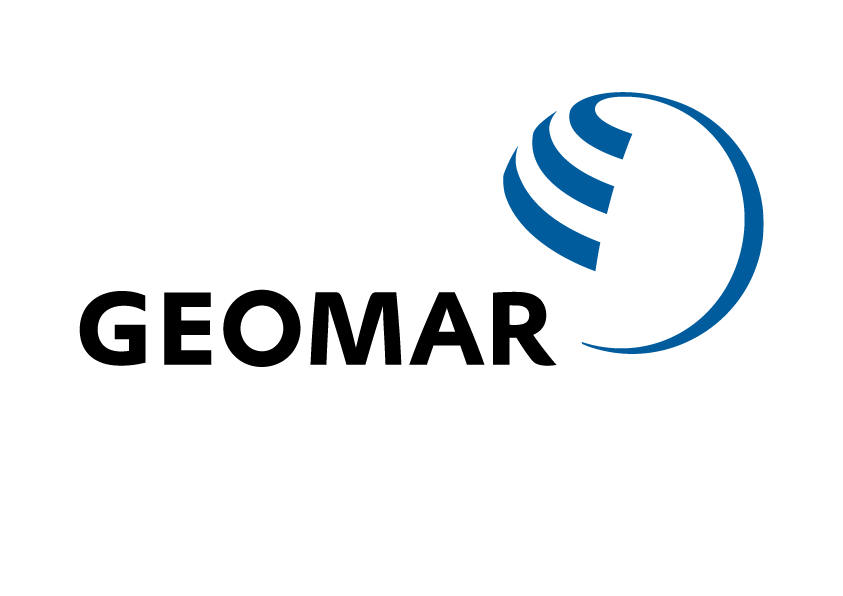



Associated Partners
GEOMAR - Helmholtz-Zentrum für Ozeanforschung Kiel
Fraunhofer Gesellschaft Aarhus Universitet
Instytut Oceanologii Polskiej Akademii Nauk
Vlaams Instituut voor de Zee Universität Tromsø
Service Hydrographique et Océanographique de la Marine
Cranfield University Consiglio Nazionale delle Ricerche
SeaTerra GmbH north.io GmbH Iqua Robotics
Forsvarets Forskningsinstitutt École Royale Militaire
Landeskriminalamt Schleswig-Holstein Bundespolizei
Forsvarsdepartementet Wyzsza Szkola Strazy Granicznej
The Baltic Marine Environment Protection Commission
Joint Programming Initiative on Healthy and Productive Seas and Oceans
Wehrtechnische Dienststelle für Schiffe und Marinewaffen